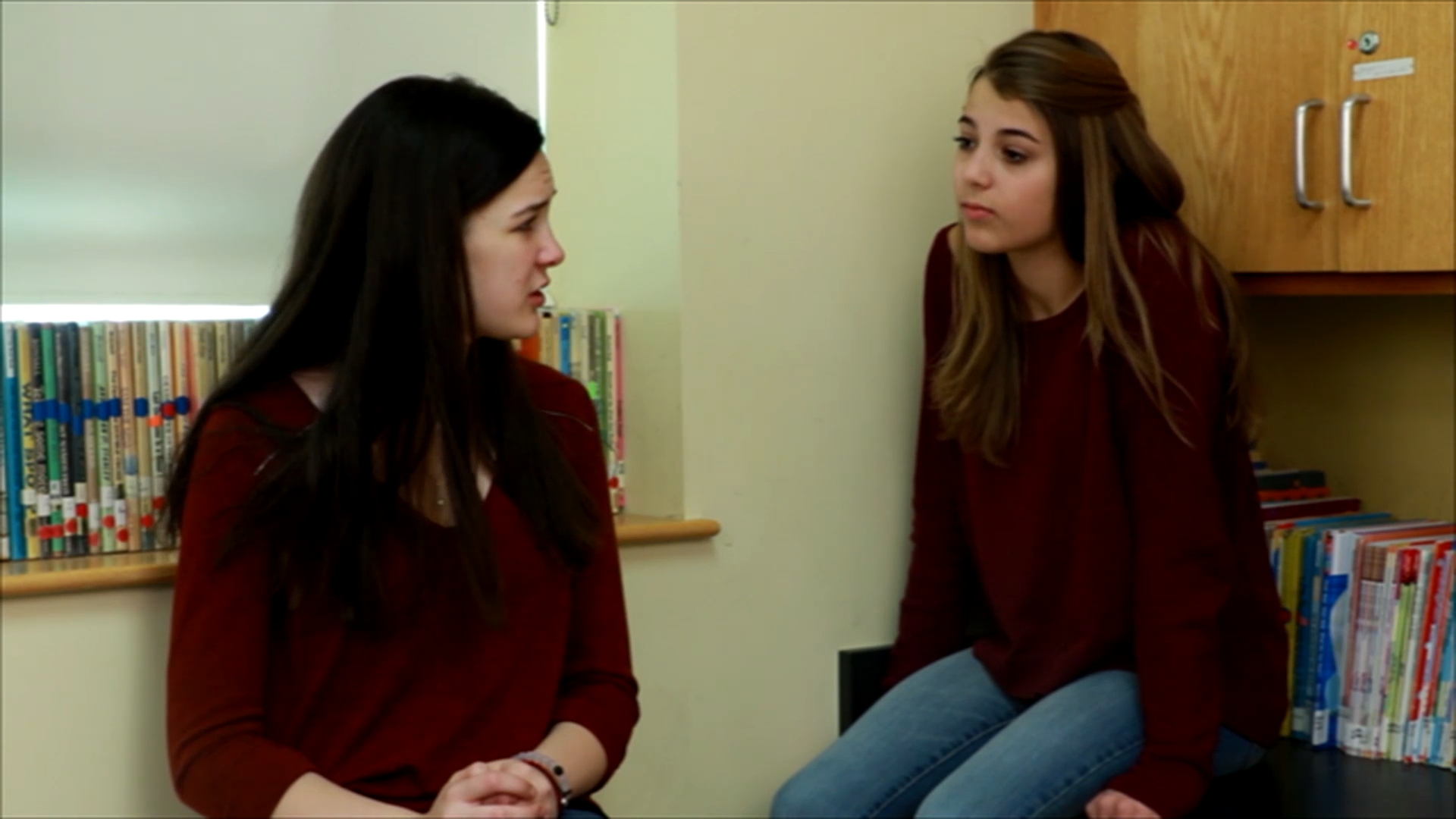
Introduction
Problem-solving skills are essential for high school students as they navigate academic, social, and emotional challenges. By teaching students to identify problems, evaluate their size, and find solutions, educators can help them develop the ability to overcome obstacles independently. This blog post will provide an overview of problem-solving skills, a no-prep activity to practice these skills, discussion questions, and related skills to further enhance students’ learning experiences.
No-Prep Activity
This simple, no-prep activity will help students practice problem-solving skills in a real-life scenario. Begin by presenting the following situation to your students: “Imagine you and your friends planned a day at the mall, but your ride just canceled. What steps would you take to find a solution?”
Have students work in pairs or small groups to brainstorm and discuss possible solutions. Encourage them to follow the problem-solving steps mentioned in the prompt: identify the problem, decide if it’s big or small, think of ways to solve the problem themselves, and choose the best solution. Afterward, bring the class together to share their solutions and discuss the process they used to arrive at them.
Discussion Questions
- How did you determine if the problem was big or small? What factors influenced your decision?
- What different solutions did you come up with, and how did you decide on the best one?
- Can you think of a time when you faced a similar problem in real life? How did you handle it, and what did you learn from the experience?
- How can effective communication with others help in the problem-solving process?
- Why is it important to develop problem-solving skills, and how can they benefit you in various aspects of life?
Related Skills
Problem-solving is just one aspect of a well-rounded social-emotional learning experience. Other related skills that can enhance students’ abilities to navigate challenges include:
- Decision-making: Learning how to make informed and thoughtful decisions is crucial in finding the best solutions to problems.
- Communication: Effectively expressing thoughts and ideas can help students collaborate with others to solve problems.
- Empathy: Understanding and sharing the feelings of others can improve students’ abilities to work together in finding solutions.
- Conflict resolution: Learning to address and resolve conflicts in a healthy manner can help students navigate difficult situations.
- Adaptability: Being open to change and adjusting to new circumstances can aid students in overcoming obstacles and finding solutions.
Next Steps
Are you interested in incorporating more social-emotional learning activities into your classroom? Sign up for free samples of problem-solving skills and other valuable resources at Everyday Speech. These materials can help you create a supportive learning environment where students can develop essential life skills.

